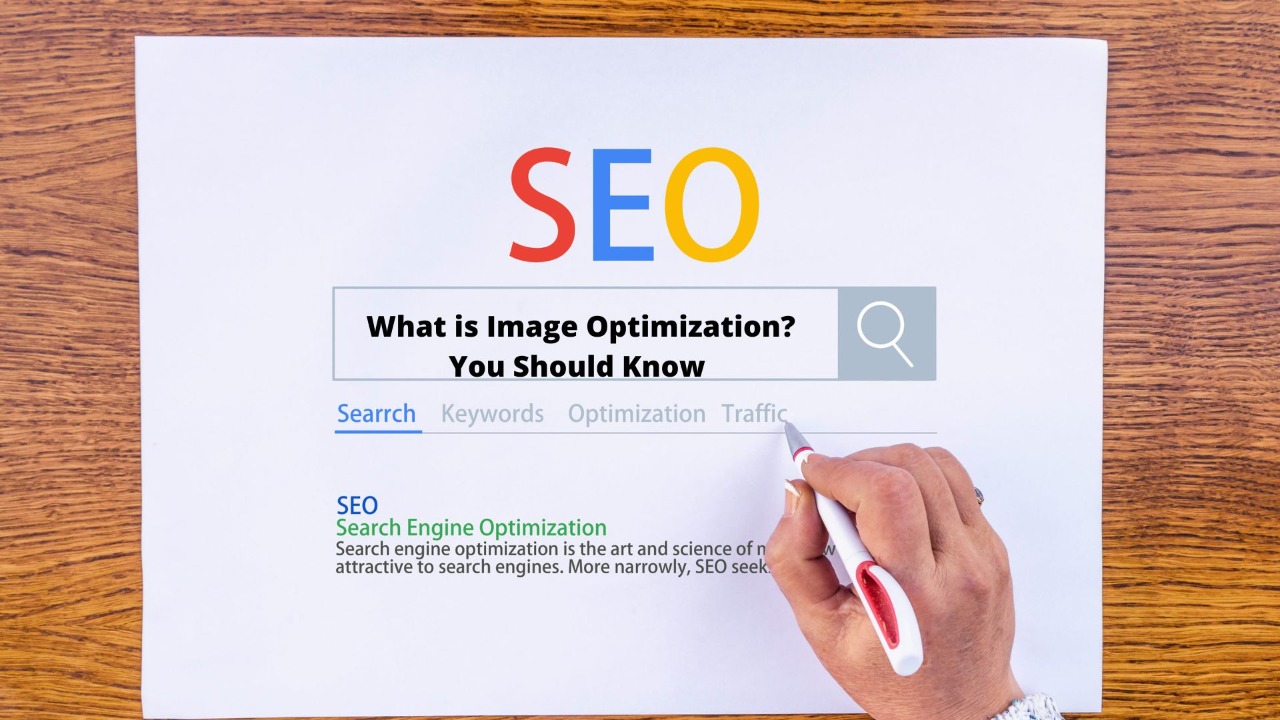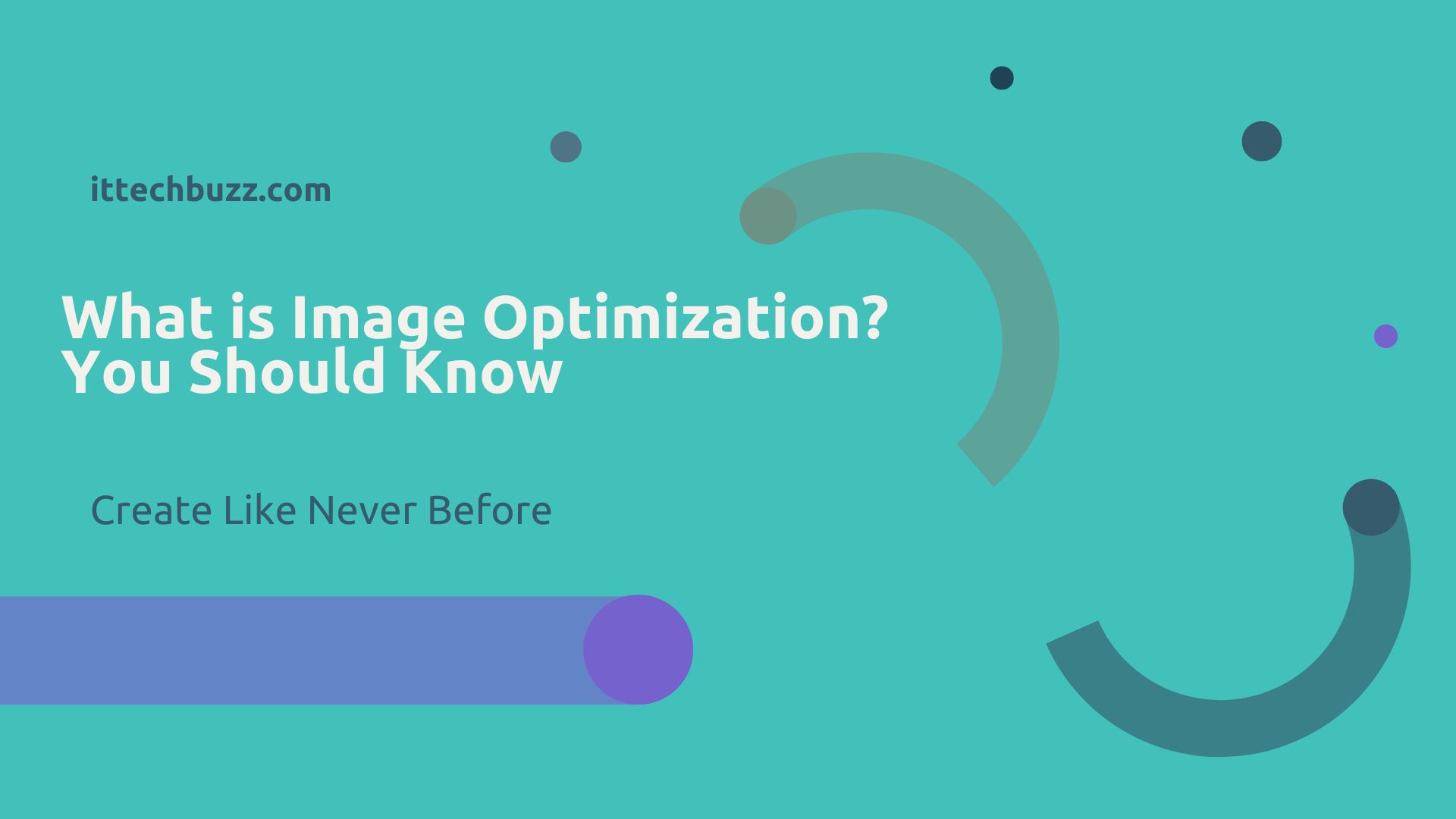You may have heard the term “image optimization” before, but you might not know what it means or why it’s important. In this article, I’ll explain what image optimization is and how it impacts your website and SEO (search engine optimization). Let’s dive in!
Contents
What is Image Optimization?
Image optimization is the process of taking a graphic file, such as an image, and making it smaller. This can be done by reducing the size of the file or compressing it in some way. Image compression allows for more files to be stored on your computer without taking up too much space, but it does not necessarily make your graphics look better than they did before being compressed.
Why should I optimize my images?
A lot of times when people ask me this question I tell them that there are two reasons why you should optimize your images: 1) To save money 2) To increase traffic
1) To save money: A lot of hosting providers charge you based on how much storage space you use. If you have lots of uncompressed images, videos, or audio files then this can add up quickly! So compressing your images before uploading them to your website will save quite a bit of money compared to if those files were left uncompressed.
2) To increase traffic: If you have a website with lots of images, then this can slow down how fast your page loads. When pages load slowly, readers are less likely to stay on the site and so optimizing images will help keep them there longer
What is the difference between image optimization and image compression? Image optimization and image compression are two different things. Image optimization refers to making changes in order to make graphics more efficient for viewing on the Internet. Good examples of this would be cropping out unnecessary parts of an image or adjusting its color balance so that it looks better when viewed at different resolutions (such as high definition). While it’s true that compressing images will make them smaller files, this doesn’t always mean they’re going to look

Why is Image Optimization Important?
You might be wondering why you should care about image optimization. The answer is simple: it can be used to improve the load time of your website, save bandwidth, improve user experience and user engagement.
Image optimization has several benefits that make it an important part of any digital marketing strategy:
- Reduces the number of requests required by web pages – This means that less data needs to be transferred over a network which will reduce the amount of time needed for rendering content on devices such as smartphones and tablets.
- Improves search engine rankings – By optimizing images using basic techniques such as removing unnecessary padding around them or increasing their dimensions (depending on how large they need to appear), you can improve how well they rank in search results pages across Google/Yahoo!/Bing! etc..
- Improves accessibility – If you have users who are blind or visually impaired then this may affect their ability access certain websites so optimizing these images for accessibility purposes could help ensure greater levels of accessibility throughout all parts including loading times etc..
Techniques for Image Optimization
There are a few techniques for image optimization, and they all have their own pros and cons. Here’s a list of some of the most common ones:
- Use the right format for your images. The most common mistake people make when optimizing their images is cropping them to fit within a certain size limit set by their CMS (Content Management System). This can lead to lossy compression which doesn’t achieve optimal results but instead creates blurry images with artifacts like banding or jagged edges.
- In order to keep this from happening, use the largest dimension possible while still maintaining an acceptable file size; usually this means going up by 100 pixels each time until you reach 1K pixels in width/height—this will ensure that even if you crop an image down too much at some point along its lengthwise axis it won’t be noticeable unless viewed closely up close on screen and even then only+ when zoomed out far enough away from center where there isn’t much detail anyway!
Image optimization refers to the process of creating, formatting, and delivering images in the smallest possible size while maintaining the quality of the image.
Image optimization refers to the process of creating, formatting, and delivering images in the smallest possible size while maintaining the quality of the image.
The benefits of optimizing your images include:
- Reduced file size – You can reduce your file size by up to 80% with proper compression techniques. This means that you’ll need less bandwidth when sending out an image or video through email or social media channels like Facebook and Twitter (which is important if you want your message to be seen).
- Higher resolution – When compressing an image down from full size then it will look sharper than if it hadn’t been compressed at all; this gives users more clarity so they can zoom into details without losing quality! Also many forms of compression use lossy algorithms which don’t preserve color accuracy; however there are now some new tools available that allow us control over color blending between layers during processing so we can retain more accurate colors throughout our final outputted product!”
Conclusion
Image optimization is the process of creating, formatting and delivering images in the smallest possible size while maintaining the quality of your image. This can be accomplished through a variety of techniques including resizing, cropping or reducing image size by removing excess bits. Image optimization has become increasingly important over time because we live in an age where everyone has access to high-resolution displays on their smartphones or tablets. The result is images look great when they’re small but get fuzzy when enlarged up close!
